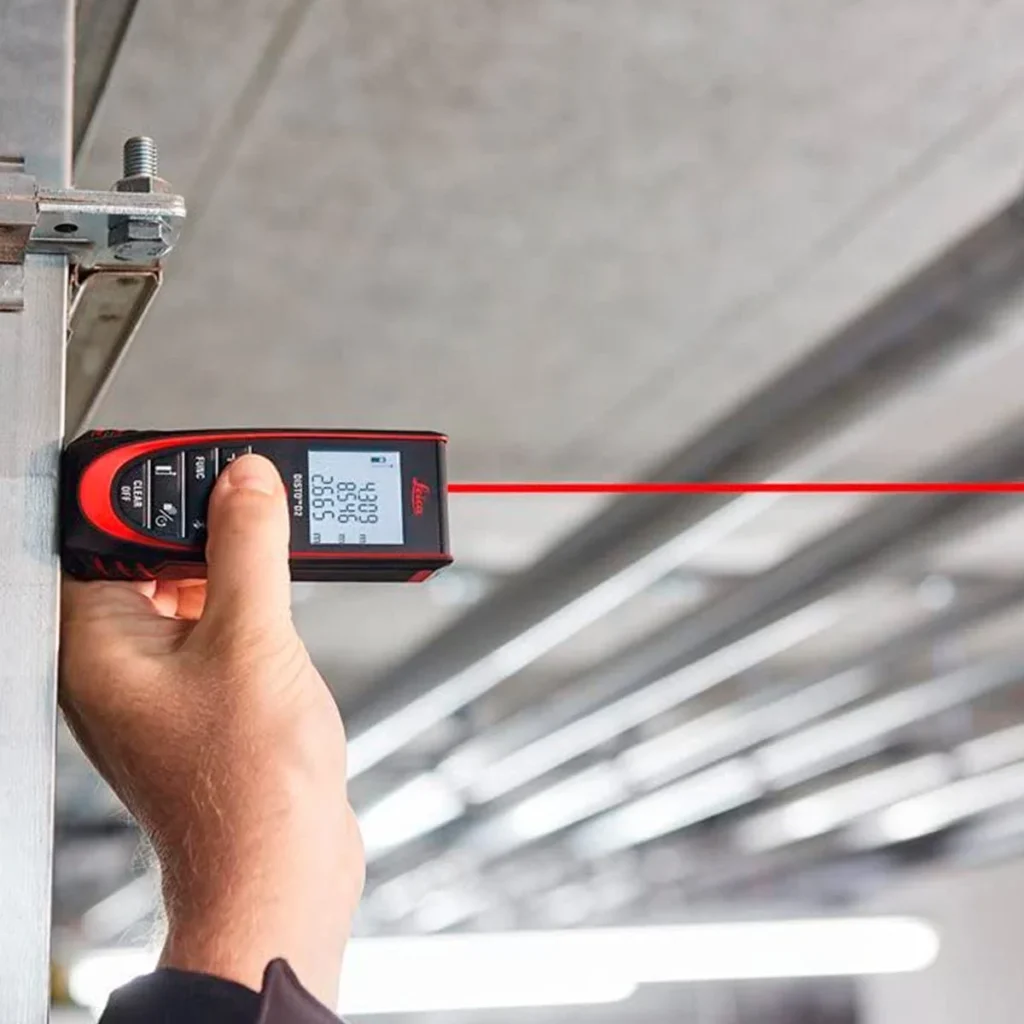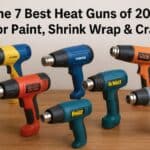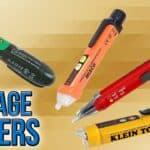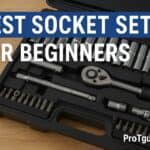Distance meters have become an essential tool for professionals who require precise measurements in their line of work. These handy devices can save time and increase accuracy, whether you’re an architect measuring room sizes or a landscaper gauging distances for plant arrangement. The importance of accuracy in measurement cannot be overstated – it is the foundation that ensures the integrity and quality of the finished project.
The technology behind distance meters comes in various forms, tailored to different purposes. There are ultrasonic measures, good for rough measurements but often less accurate, to highly precise laser distance meters. Laser distance meters are preferred for most professional applications due to their pinpoint accuracy and ease of use.
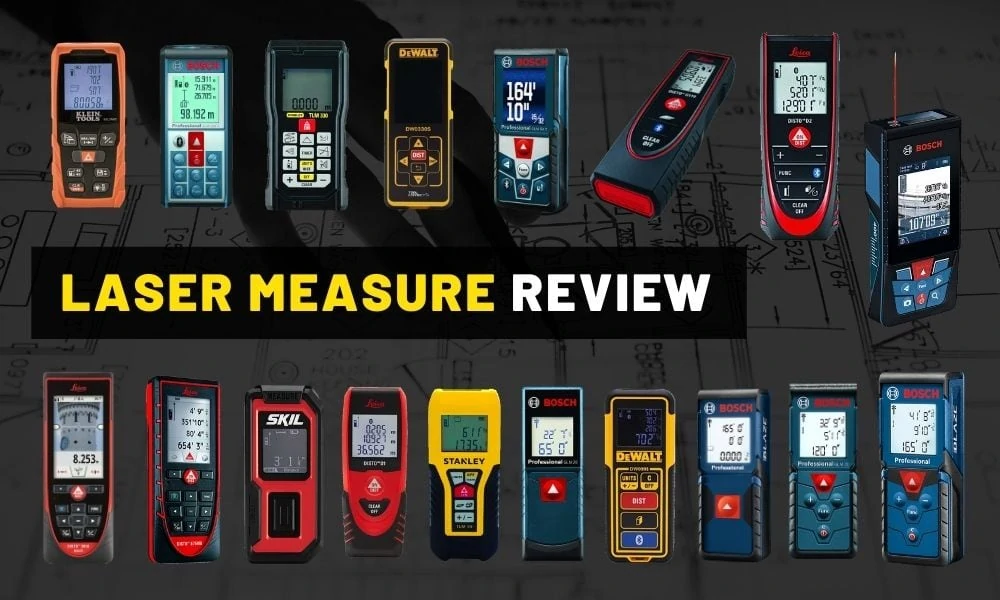
| Key Takeaways | Description |
|---|---|
| Distance Meter Essentials | Distance meters are crucial for precise measurements in various professions. |
| Types of Distance Meters | Options include laser, infrared, and ultrasonic, with laser being the most accurate. |
| Selecting a Distance Meter | Consider measurement range, accuracy, memory functions, and durability based on work environment. |
| Bosch GLM100 C Laser Distance Measurer | Notable for its accuracy, range, and durability with added benefits like Bluetooth connectivity and dust/water resistance. |
| Proper Usage | Clean the lens, calibrate often, and use targets to improve accuracy. Similar care to using a voltage tester pen. |
| Professional Applications | Used in construction and surveying, with necessary protection such as electrical gloves. |
| Accessories | Enhance usage with laser glasses, reflective targets, and tripods. Couple with proper workwear like work boots and thin gloves. |
| Troubleshooting | Deal with common problems such as power issues or inaccurate measurements by checking the battery, calibrating, or cleaning the lens. |
| Comparison with Tape Measures | Distance meters excel in large spaces and heights, tape measures suffice for less critical short-range tasks. |
| Maintenance and Storage | Keep the meter in a padded case and batteries charged. Organize it with other tools in the best tool box. |
| Final Thoughts | Selection of the correct measurement tool is critical for efficiency and precision in professional jobs. Multiple tool options available in hand tools, power tools, and workwear. |
Types of Distance Meters
When selecting a distance meter, it’s crucial to understand the different types available:
- Laser Distance Meters: Use a laser to measure the time it takes for the beam to return after hitting a target, calculating distance with high precision.
- Infrared Distance Meters: Measure distances using infrared rays, which can be less accurate than laser meters but are adequate for short-range applications.
- Ultrasonic Distance Meters: Emit ultrasonic waves and measure the time taken for the echo to return, generally less accurate and more susceptible to interference.
Each type of distance meter comes with its own set of advantages and use-cases. Laser distance meters, in particular, stand out due to their precision and are often the go-to choice for professionals.

Choosing the Right Distance Meter
When you’re in the market for a distance meter, there are various features to consider:
- Measurement Range: How far can the device accurately measure? Choose a model that meets or exceeds your typical measurement needs.
- Accuracy: Look for a device with the precision required for your specific tasks.
- Memory Functions: A device that can store measurement data can be very handy for comparing distances or calculating areas and volumes.
- Durability: The job site can be hard on tools, so a robust build and protective casing might be necessary.
Your work environment also plays a role in choosing the right distance meter. Outdoor conditions may require devices that are weatherproof, while indoor use might prioritize compactness and ease of maneuverability.
The Bosch GLM100: A Reliable Distance Measurer
For those seeking reliability and precision, a detailed look at the Bosch GLM100 C Laser Distance Measurer is warranted. Known for its quality craftsmanship, the GLM100 offers features that cater to various professional needs.
Benefits:
- High accuracy and measurement range
- Bluetooth connectivity for easy transfer of data
- Rechargeable battery for extended use
Specifications:
- Measurement Range: Up to 330 feet
- Accuracy: +/- 1/16 inch
- Weight: Less than 1 lb
- IP54 rating for dust and water resistance
How to Use a Distance Meter Correctly
Using a distance meter properly is pivotal in ensuring you get the accurate results expected from these sophisticated tools. The steps generally include powering the device on, pointing it at your target, and then pressing the button to take a measurement. Once you have your measurement, most distance meters allow you to save the data or use it for calculating areas or volumes.
To maximize accuracy:
- Keep the lens clean: Any smudges can affect accuracy.
- Calibrate frequently: Follow the manufacturer’s instructions for calibration.
- Use targets: For long distances or outdoor applications, a reflective target can improve the laser’s visibility.
For electricians who are familiar with the care needed when working with intricate devices, such as understanding how to use a voltage tester pen, these tips to maximize accuracy with a distance meter will resonate and help in achieving the best results.
Distance Meter Applications in Various Professions
Distance meters are invaluable across various professions, making tasks quicker and reducing human error.
Common usages include:
- Construction: Determining heights and clearances, checking building dimensions
- Surveying: Measuring property boundaries, calculating land areas
Electricians, while measuring distances for wiring or conduits, may also benefit from using personal protection, such as electrical gloves and an electrician backpack to organize their tools.
Essential Accessories for Distance Meter Usage
Professional work often requires more than just the main tool. For distance meters, some recommended accessories can greatly enhance their usage and your efficiency on the job.
Accessory Checklist:
- Laser Glasses: For improved visibility of the laser in bright conditions
- Reflective Targets: Helps the laser to reflect back in difficult measuring conditions
- Tripods: For steady and precise measurements, particularly over long ranges
As measurements can sometimes be a physically demanding task, it is also crucial to wear the right protective gear. Good quality work boots ensure safety on the job site, while thin gloves provide dexterity in measurement-intensive jobs.

Troubleshooting Common Distance Meter Issues
Despite their robustness, distance meters can sometimes run into issues. It’s beneficial to be aware of typical problems and their solutions.
Problems and Solutions:
- Device not powering on: Check battery or power source.
- Inaccurate measurements: Perform a calibration or ensure the device is used on a stable surface without obstructions.
- Distorted laser beam: Clean the lens and make sure no reflective surfaces are causing refraction.
Maintenance is critical, not only when facing issues but also for preventing them. For comprehensive insight into maintaining tools, consider the methodology behind how to start a leaf blower.
Comparison with Other Measurement Tools
Distance meters are ideal for certain scenarios but may not always be the most practical choice. For tasks requiring intricate detail and where a laser is not suitable, tools such as the best screwdriver sets are preferred.
When to use a distance meter:
- Large Spaces: Traditional tape measures become impractical.
- High Places: When safety becomes a concern with other methods.
When precision is less critical, or for tasks like electrical wiring, where measurements are typically less than a few meters, traditional tape measures may suffice.
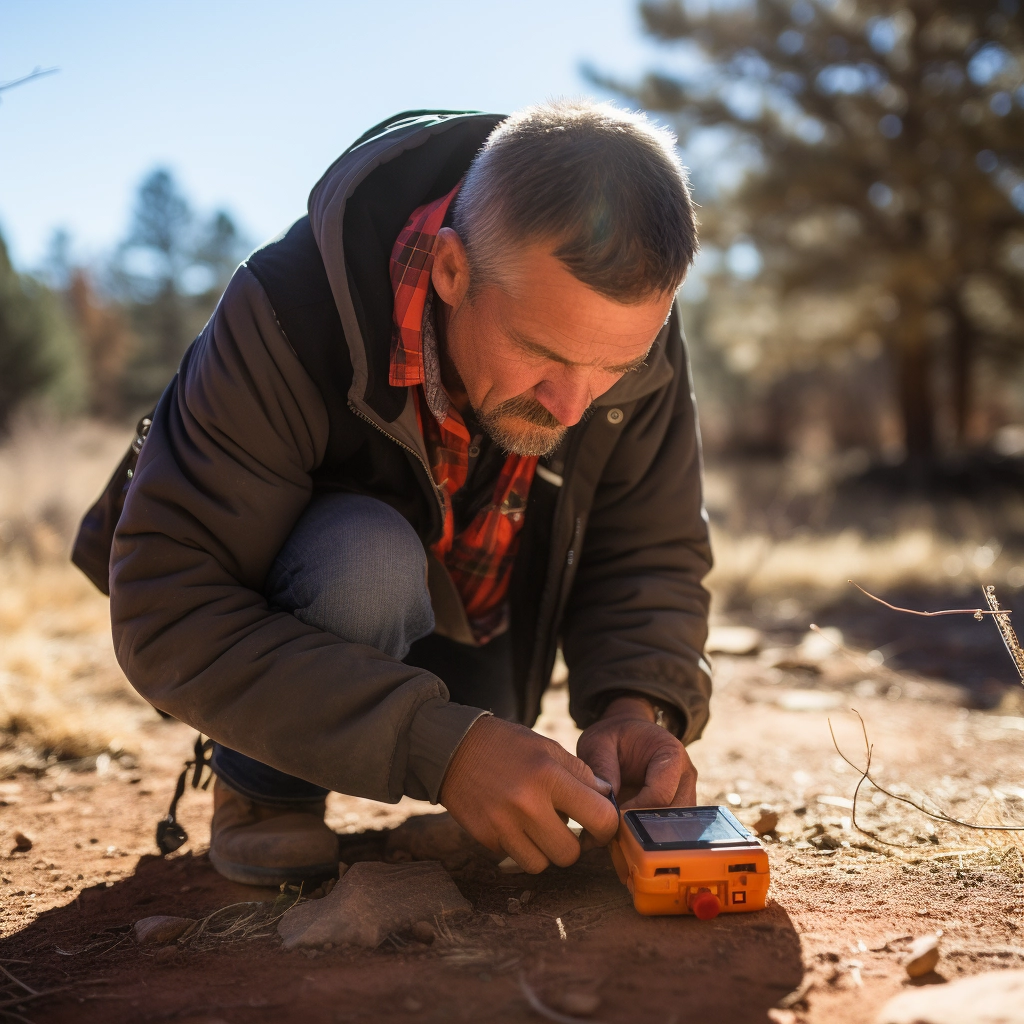
Maintenance and Care of Distance Meters
Routine maintenance will ensure that your distance meter remains accurate and functional for as long as possible.
Maintenance Tips:
- Store Appropriately: Use a padded case to protect the device when not in use.
- Keep Clean: Lens and buttons should be kept free from debris and dust.
- Battery Care: Recharge or replace batteries as needed to avoid loss of power during usage.
Proper storage is as important as maintenance. Invest in the best tool box to keep your distance meter and other tools organized and protected.
Conclusion
In summary, understanding and utilizing the right distance meter can provide you with efficiency and precision in your work. From the Bosch GLM100 C’s accurate measurements to the essential accessories that support the task, each aspect of using a distance meter has been explored. Remembering to maintain and troubleshoot your tools will keep them in top condition, ready for the next job.
Selecting the right tool for the job is imperative, and with options spanning from hand tools, power tools, to workwear, professionals can equip themselves to face any challenge with the utmost confidence and preparation.

